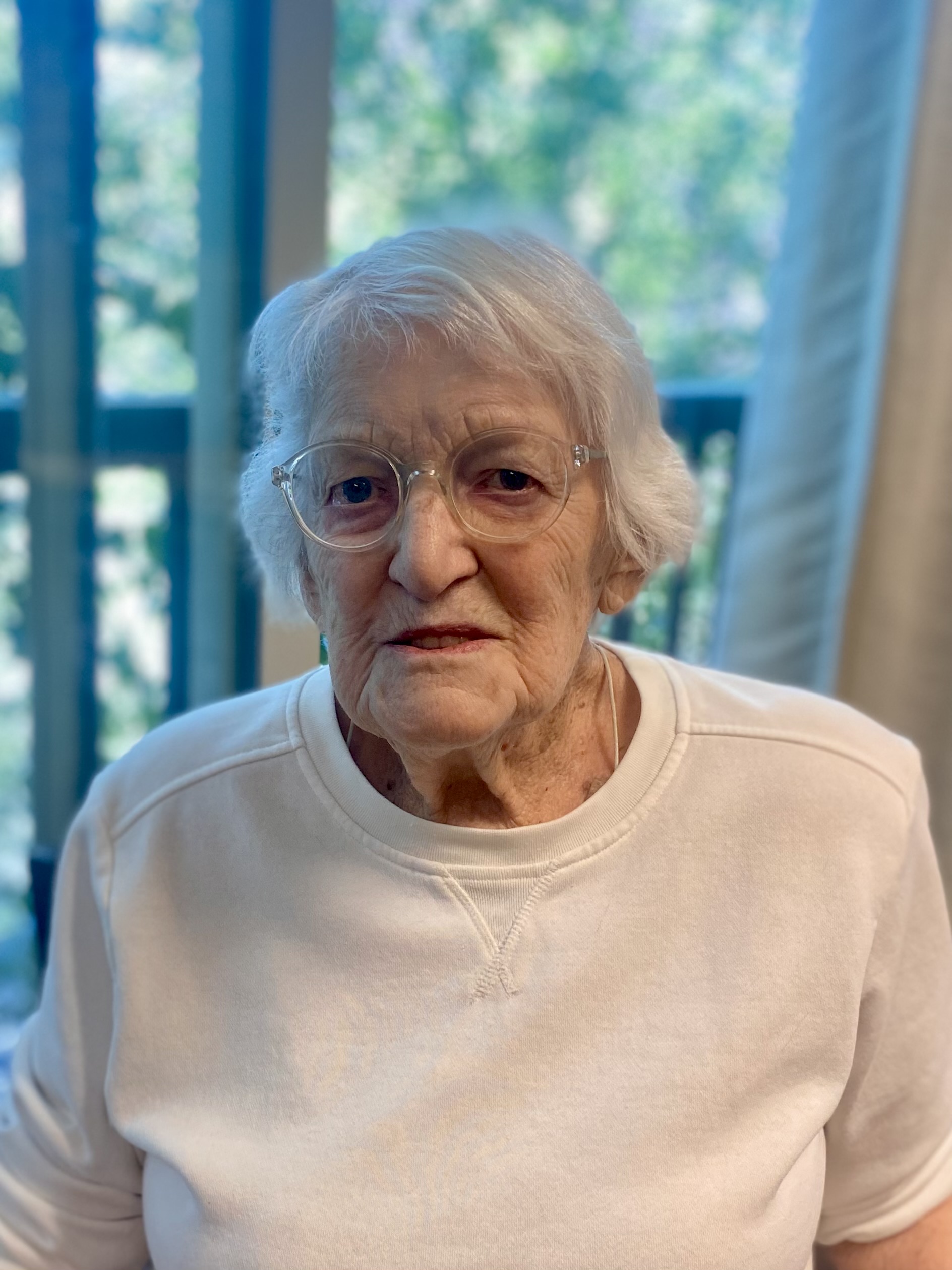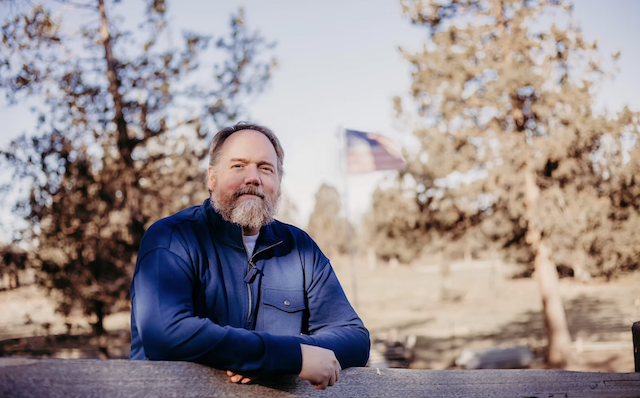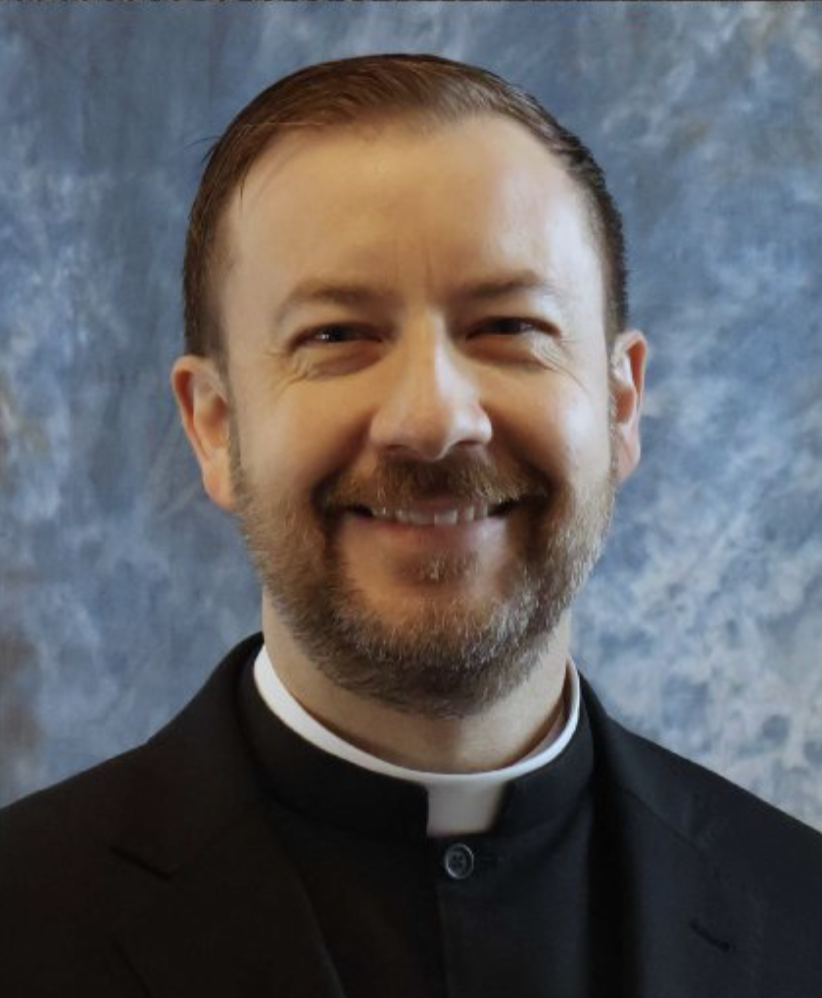Shepherd’s House expands, offers daytime services at Redmond shelter
Published 8:00 am Monday, February 19, 2024

- Shepherd’s House Ministries Redmond Center has an outdoor seating area.
Since it opened, the Shepherd’s House homeless shelter in Redmond offered people a warm, safe space to sleep. But every morning, its residents had to leave and head back out onto the street.
Trending
This week, thanks to new state funding and resources from NeighborImpact, the low-barrier shelter expanded to offer daytime services like meals, classes and other support for Redmond’s homeless population at the organization’s new Redmond Center.
John Lodise, director of low barrier services at Shepherd’s House, said the organization introduced a number of new programs and wrap-around services to help community members grappling with homelessness, mental illness, hunger, addiction and poverty.
“I would say the input form the guests really informed us that we need to make this happen as soon as possible,” said Lodise. “They voiced continual concern that it was not easy for them to be out during the day. They felt that in some ways they were at risk … either making bad decisions themselves or having other people impose bad decisions on them. That motivated us to get this ready as soon as possible.”
Trending
Lodise said the organization is working to hire a second case manager for the Redmond shelter.
Ken Layton, 54, is working on a sort of trial basis at the shelter. Layton said he was formerly living on the streets and struggling with alcoholism. Layton said his past makes him uniquely qualified to help others as they struggle for stability and hope.
“Not that long ago I was sitting in your spot,” Layton tells residents. “Not that long ago I was sitting right there. I am not saying I am any better. I just might have a clearer vision.”
Layton’s philosophy is that people should be safe first and foremost, and that is what the shelter provides. Then, it is about working with folks and guiding them to where they need to be.
“I am not a ‘do for’ guy. I feel that when you constantly do things for people, they don’t get a lot out of it,” Layton said. “But if you do stuff with people. That is what a peer support person does. That is what case management is supposed to be. We can do everything for you, but what are you going to learn?”
New services at the shelter include breakfast and lunch for anyone who needs a meal. There are also daily classes on recovery, healthy thinking, nutrition and exercise. There will also be discussions on the Bible and the Christian faith, as well as a program on books and literature.
“The idea is to get people using their minds in a different way,” Lodise said. “Part of what we are doing is trying to rewire people’s minds to move away from addiction, to move away from trauma and to think about healthier outlets for their minds.”
There will be regular meetings where guests can share concerns and talk about services. Then, from 1-4 p.m., prior to the overnight shelter services beginning, there will be a number of resources available.
Lodise said initial impressions have been positive.
“(Residents) feel like there is a lot of pressure off of them,” he said. “Not having to figure out where to be, and having people that are here all day long they can ask about doing certain things. If they make an appointment with other service providers … they know they can have them come here because we are open 24/7.”
Safe space
Shelter guest Jen Forrester sat in the cozy dining room at the Shepherd’s House on a cold, snowy Feb. 16 with her two dogs and cat. Forrester said it is a relief to have a safe place to be during the day.
Forrester said she has suffered from addiction and being out on the street might cause her to lose focus on getting better.
“You have to face your demons and travel your own path,” Forrester said. “Whether you have a friend who you can lean on a little bit and who is ok with it, and who just says ‘Hey, today is not the day, let’s go do this. Instead of picking up the pipe, let’s go do this. Instead of picking up the bottle, let’s go do this.’”
Forester said she enjoys participating in classes at the shelter. She hopes to one day work as a peer support specialist and help others get out from where she is now.
“If I can shed my own wisdom and experience onto somebody that is a really good thing. Whether they take my words to heart or not, that is on them,” Forrester said. “But I can speak…there’s probably not one situation that I have not been in.”
Debi Bynum, a guest at the shelter who moved in shortly after getting a spinal fusion surgery, said the expanded daytime services have made all the difference.
“It has been nice because now I can concentrate on getting things taken care of that I need to get taken care of. We just finished getting me signed up with an attorney for disability,” Bynum said. “My physical therapist had asked if I had done that yet, and I said no, and he said, ‘Well, I recommend it.’ Ok. So we are on it. That kind of changed my world. Being able to be here and get that done is huge.”
Big picture
Rick Russell, lead pastor at Mountain View Fellowship, said it is crucial that Redmond now has a 24/7 low barrier shelter. Russell said when Mountain View would administer the winter shelter during dangerously cold weather, he saw how difficult it was for folks to have to leave every morning.
“They were left to go to the library or some people would hang out around Fred Meyer, or just anywhere they could stay warm,” Russell said. “It was heartbreaking to see that. Now there is a place people can be and there is help there.”
He said programs like Mountain View’s Safe Parking program, Oasis Village, and now the daytime services at Shepherd’s House are a testament to the progress made in Redmond. He said the next step is to figure out how to get people from shelter-like environments to permanent, stable housing.
“We have people in safe parking that we help access subsidized housing and they will be 400th on a list … and they are 76 years old. They will die before their number comes up,” Russell said. “That is a missing piece in the community. It is one thing to get folks into shelter, but it is another thing to help them move on from there.”








